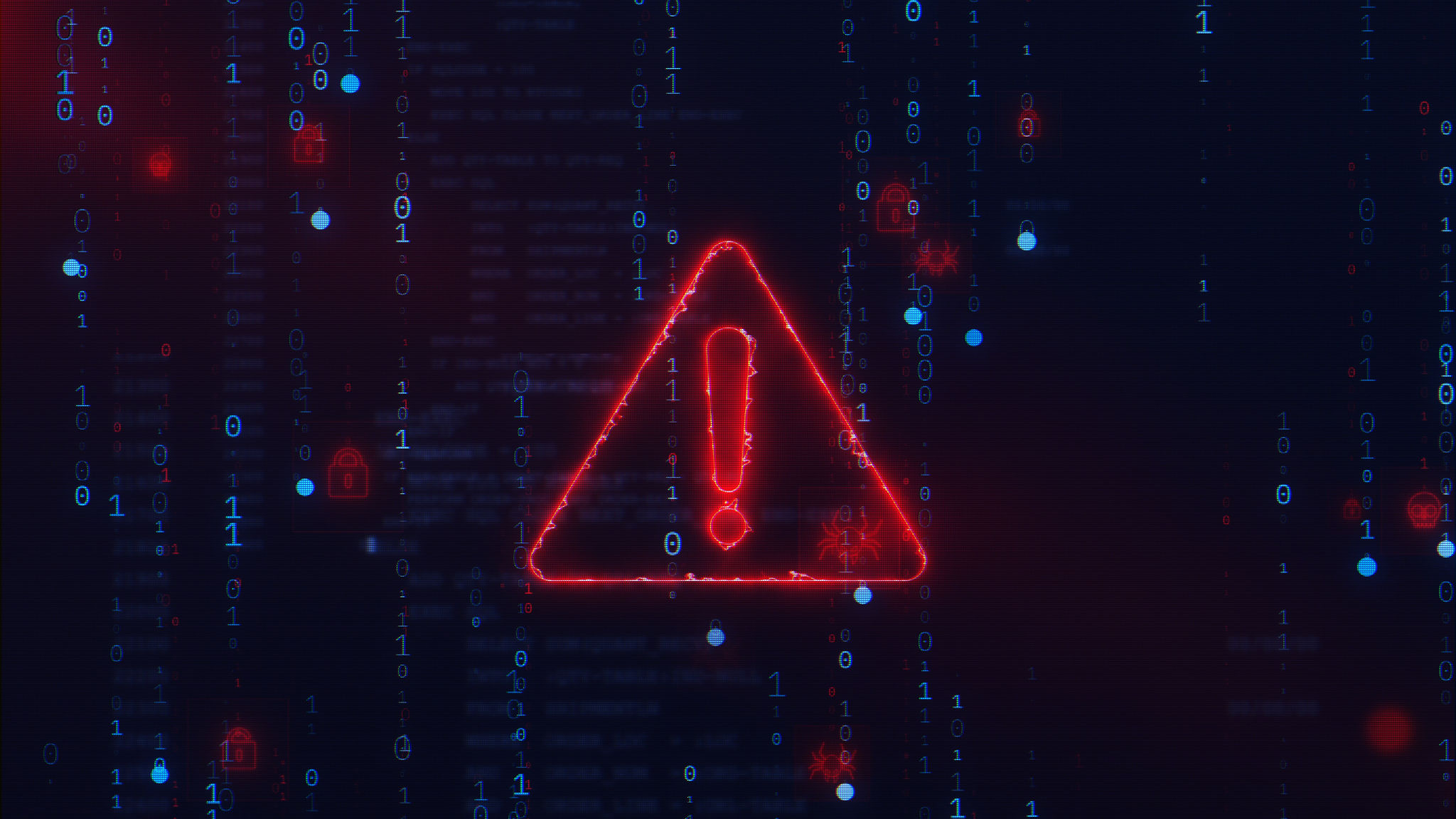Top Cybersecurity Threats Facing Businesses Today and How to Prevent Them
Understanding Cybersecurity Threats
In today's digital age, businesses face a myriad of cybersecurity threats that can compromise sensitive data, disrupt operations, and damage reputations. As companies increasingly rely on technology, understanding these threats and implementing effective prevention strategies is crucial for protecting organizational assets.

Phishing Attacks
Phishing attacks remain one of the most prevalent cybersecurity threats facing businesses. Cybercriminals use deceptive emails and websites to trick employees into revealing sensitive information, such as login credentials or financial data. These attacks often appear legitimate, making it difficult for individuals to recognize the danger.
To prevent phishing attacks, businesses should invest in comprehensive employee training programs that educate staff on recognizing and reporting suspicious communications. Implementing email filtering tools and multi-factor authentication can also provide additional layers of security.
Ransomware
Ransomware is a type of malware that encrypts a victim's files, demanding payment in exchange for the decryption key. This form of attack can halt business operations and lead to significant financial loss. The rise of ransomware-as-a-service platforms has made it easier for cybercriminals to launch attacks, increasing the threat level for businesses.

To mitigate the risk of ransomware, organizations should regularly back up critical data and store it offline or in cloud-based solutions. Additionally, keeping software updated and patched can prevent vulnerabilities that ransomware exploits. It's also wise to develop a response plan that outlines steps to take in the event of an attack.
Insider Threats
Insider threats occur when employees or other internal stakeholders misuse their access to company systems and data. These threats can be intentional or accidental, but both can have significant consequences. Insider threats are challenging to detect as they often involve individuals who already have legitimate access.
To safeguard against insider threats, businesses should implement strict access controls and regularly monitor user activity within their systems. Conducting thorough background checks during hiring processes and fostering a positive workplace culture can also reduce the likelihood of malicious insider activities.

Advanced Persistent Threats (APTs)
Advanced Persistent Threats are sophisticated cyberattacks where adversaries gain unauthorized access to a network and remain undetected for extended periods. APTs are often state-sponsored and target specific organizations to steal sensitive information or disrupt operations strategically.
Preventing APTs requires a combination of robust security measures and constant vigilance. Businesses should employ advanced threat detection systems, conduct regular security audits, and implement network segmentation to limit the movement of potential intruders within their systems.
Conclusion
With cyber threats evolving rapidly, businesses must stay informed about the latest risks and take proactive measures to protect themselves. By understanding common threats like phishing, ransomware, insider threats, and APTs, and implementing comprehensive security strategies, organizations can safeguard their data and maintain operational resilience in the digital landscape.